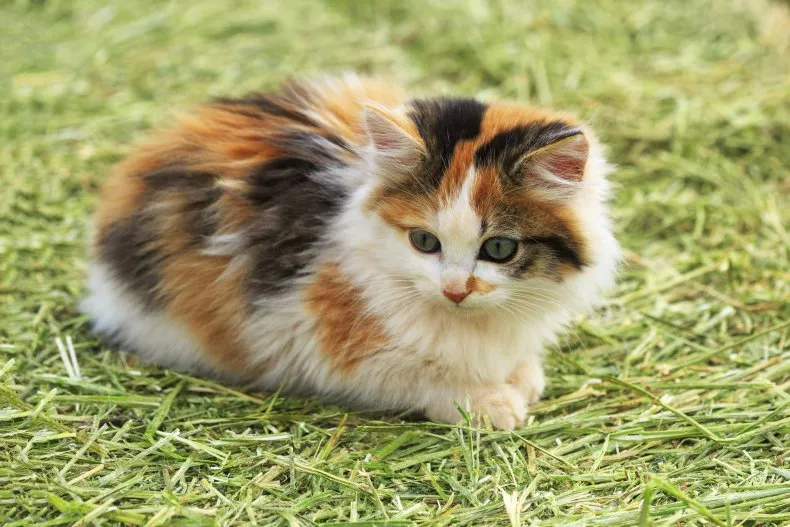- Letters: A/CGILOZ
- Words: 34
- Points: 143
- Pangrams: 1

|
The table provides clues for the roots of words in today's NY Times Spelling Bee. You're responsible for prefixes, suffixes,
tense changes, plurals, doubling consonants before suffixes, and alternate spellings of roots. An exception:
since Sam won't allow S, when the root contains an S, the clue may be for a plural or suffixed form. "Mice" for example.
If a clue isn't self-explanatory, try googling it.
The TL;DR about the site comes after the table.
Past clues are available here |
Today's puzzle
|  |
|
Table content
|
| answers covered | answer's first two letters | answer's length | clue for root (answer may need prefix, suffix, tense change, alt spelling, ...) |
|---|---|---|---|
| 1 | AC | 6 | African or Australian wattle tree |
| 1 | AC | 4 | Trendy smoothie berry |
| 1 | AG | 4 | Very excited to hear or see something, adj. |
| 1 | AI | 5 | Garlic mayonnaise, from French for garlic |
| 2 | AL | 4,5 | Pond scum |
| 1 | CA | 5 | Bean source of Hershey Bars |
| 1 | CA | 6 | Rough cotton fabric, or colorful cat |
| 1 | CA | 4 | Phone, name, summon, or shout (out) |
| 1 | CA | 5 | Arum plant referred to as a lily |
| 1 | CA | 8 | Caribbean veg dish |
| 1 | CI | 4 | “Hi” or “Bye” in Italian (“… bella”) |
| 1 | CI | 5 | Short microscopic hairlike vibrating structure found in large numbers on the surface of certain cells; (anatomy) eyelash |
| 1 | CL | 6 | Combo sex & waste cavity in non-mammals |
| 1 | CO | 4 | “Dirty fuel” dug from mines; what Santa puts in your stocking if you’re bad |
| 1 | CO | 4 | 1st part of popular soda brand name |
| 1 | CO | 5 | Hot winter drink with marshmallows, or the powder it’s made from |
| 1 | CO | 4 | Pepsi & RC dark brown soda flavor |
| 1 | GA | 4 | Super enthusiastic; Biden inauguration National Anthem singer |
| 1 | GA | 4 | Formal ball or fundraiser (The Met …, e.g.) |
| 1 | GA | 4 | Liver secretion, or bold behavior |
| 1 | GL | 7 | Slow “pace,” as in a moving mass of ice, adj. |
| 1 | GL | 4 | Nervous system connective tissue “cell,” (anagram of venomous lizard “monster”) |
| 1 | GO | 4 | Objective, or sport target or point |
| 1 | IL | 5 | Hip bone |
| 1 | IL | 9 | Thinking that is rational, noun + adj. |
| 2 | LA | 4,6 | Non-clerical |
| 1 | LI | 5 | Purple flower or shade |
| 1 | LO | 5 | From a nearby area, or a train making all stops |
| 1 | LO | 6 | Room with one side open to a garden |
| 1 | LO | 7 | Thinking that is rational, noun + adj. |
| 1 | ZI | 6 | Path with multiple sharp changes of direction; compound adj./verb |
| 1 | ZO | 10 | Study of animals (a suffixed form is a pangram) |
This site provides clues for a day's New York Times Spelling Bee puzzle. It follows in Kevin Davis' footsteps. The original set of 4,500 clues came from him, and they still make up about three quarters of the current clue set.
The "Bee Roots" approach is to provide explicit clues for root words, not every word. As logophiles, we are pretty good at putting on prefixes and suffixes, changing tense, and forming plurals (including Latin plurals!). The clues cover root words, arranged alphabetically by root word, with a count of words in the puzzle that come from each root. For example, if a puzzle includes ROAM and ROAMING, there will be a clue for ROAM and a count of 2. The root may not appear in the puzzle at all; for example, the 2021-07-23 Bee included ICED, DEICE, and DEICED. For such a puzzle, the clue would be for ICE with a word count of 3.
The Bee Roots approach involves judgement sometimes. For example, if a puzzle includes LOVE, LOVED, and LOVELY, how many roots are needed to cover them? LOVE and LOVED share the root LOVE, certainly, but LOVELY is tricky. LOVE is part of its etymology, but by now, the word means "exquisitely beautiful," which is a lot farther from the meaning of LOVE than swithcing to past tense. I'm inclined to treat LOVE and LOVELY as separate roots. You may not agree, which is fine. Another thing we logophiles share is a LOVE of arguing about words on Twitter.
A few words can have one meaning as a suffixed form and another as a stand-alone word. EVENING, for example. In those cases I will use the meaning that I think is more common.
One last complication, until another one pops up: a few roots have multiple spellings, for example LOLLYGAG and LALLYGAG. Depending on the day's letters, and maybe even the editor's whims, one or both could be in the puzzle's answer list. With such roots, you could see a word count of 2, even if there are no applicable prefixes or suffixes.
I will do my best to keep this site up to date and helpful (I hope). Check it out, and tweet feedback to @donswartwout Tweet to @donswartwout